Irene Purasachit saw the floral industry’s waste problem firsthand – now she makes material for handbags from discarded blooms
Nearly half of cut flowers end up in the trash, never making their way to dinner tables or first dates

Nature consumes only what it provides, producing no waste. It is functional, systematic, resource efficient, and even the tiniest members have an important role in the ecosystem. Nature is under continuous evolvement, full of unexpected events, surprises – and beauty. There is so much we can learn from nature, and so many ideas and findings to research and share to enhance a more sustainable way of living. This year, CHEMARTS showcases some nature-inspired materials projects by students and alumni.
CHEMARTS is the long-term collaboration project between two Aalto University schools, initiated in 2011. The School of Chemical Engineering (CHEM) and the School of Arts, Design and Architecture (ARTS) combined forces with the aim of researching bio-based materials in an innovative way and creating new concepts for their advanced use. The core values are the sustainable use of natural resources, experimental working methods, and the respectful cross-pollination of design and materials research.
Over 600 students have taken part in the CHEMARTS courses. Tiny seeds of inspiration have grown into a versatile and international community of materials enthusiasts.

Lignin as colorant - designing textiles with limited color palette
Lignin is one of the three main components of wood. Could the deep brown color of lignin be used in textile industry in the future? In this project design student Pia Johansson is exploring how the limited color palette based on lignin and some other natural dyes can be used to create woven and printed textiles. The project is also part of the Biocolour research project.

Get dirty with soap!
The project by Sonja Dallyn and Anastasiya Yurievna Grachova explores the idea of printing a colored soap layer directly onto textile hygiene wipes, creating a smooth hand washing experience. The pine soap printing mixture was enhanced with a natural dye made from spruce bark extract known for its antibacterial properties. The soap colour gradually fades as the wipe foams, thus encouraging the user to wash their hands for a longer time. The project is part of a study project with Suominen.

Intension – exploring materials and shapes
Not all material experimentations lead to success, but each one tells part of the design story. In her artistic research project Megan McGlynn explores nanocellulose made of wood pulp. Nanocellulose is very difficult to control during the drying process, and much of the work during this project has been focused on controlling the materials and making reproducible shapes. This installation celebrates the fact that each item dries in its own unique way. The variation in size, shape, and curvature is reminiscent of the diversity of natural forms.
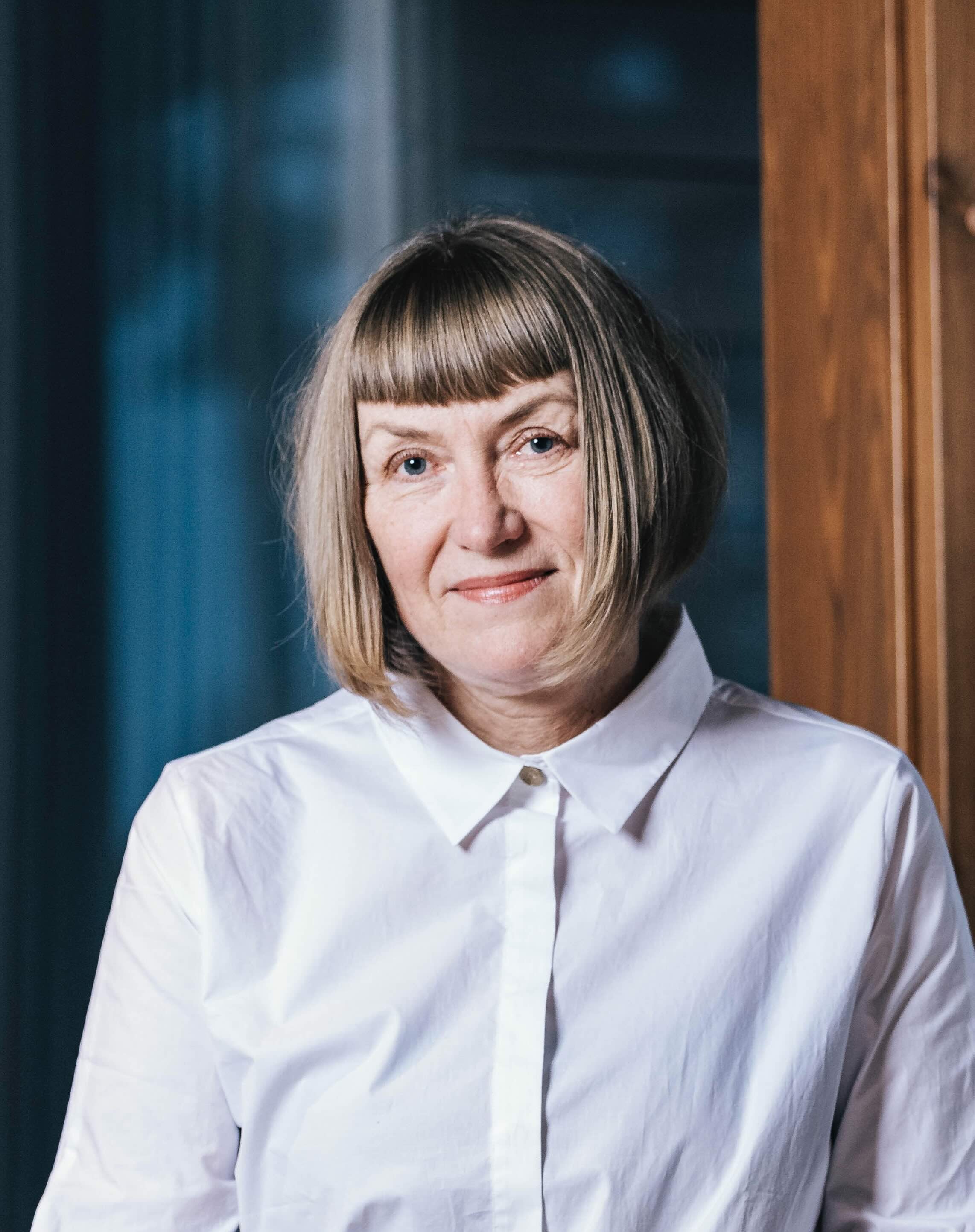
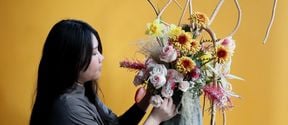
Nearly half of cut flowers end up in the trash, never making their way to dinner tables or first dates

CHEMARTS exhibition showcases fascinating recyclable prototypes which are toxic-free, recyclable and don't release micro-plastics.

CHEMARTS arranges multidisciplinary study courses and a Summer School for degree students, thesis projects, and workshops for elementary and high school students. It also participates in externally funded research projects.
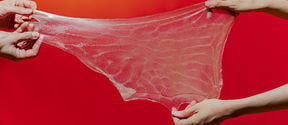
CHEMARTS website

Inspiration for Material Enthusiasts
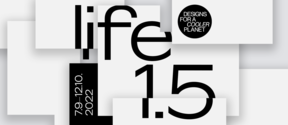
Designs for a Cooler Planet is a five-week-long festival celebrating experiments in planet-friendly materials, fashion, and food.
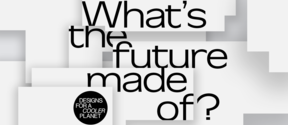
Planet-friendly alternatives for materials, mindsets and architecture.